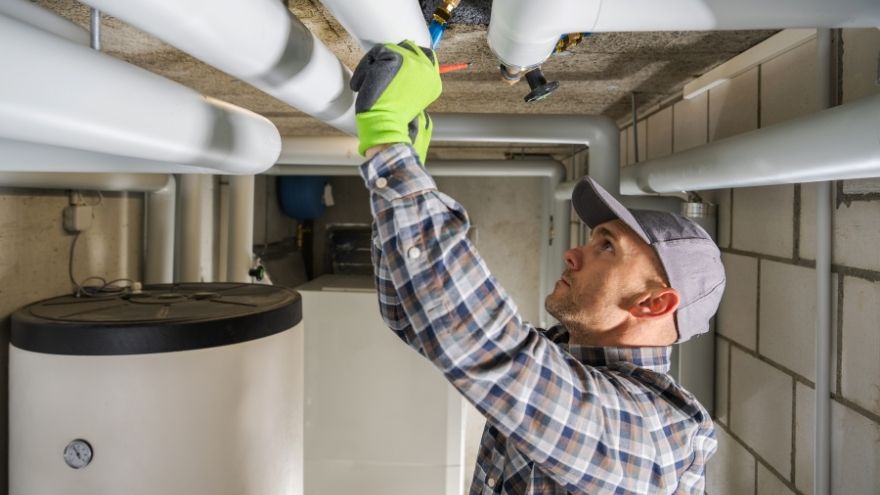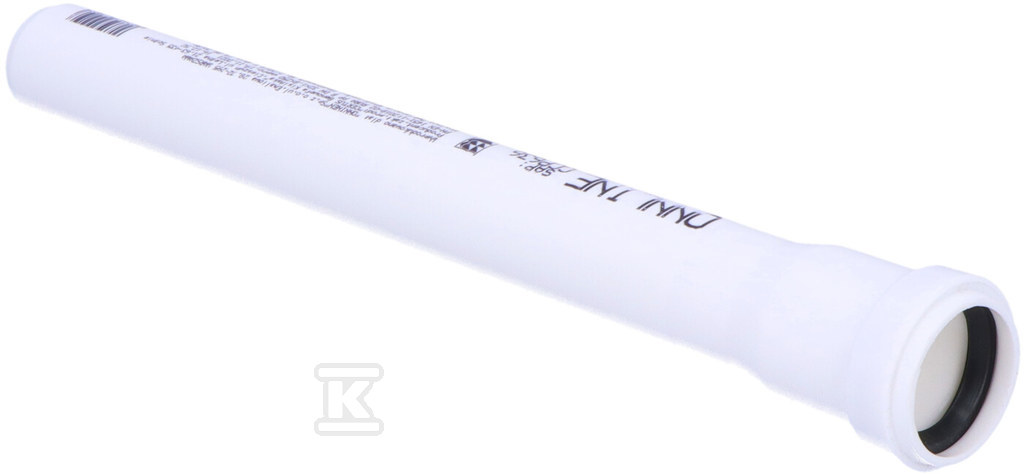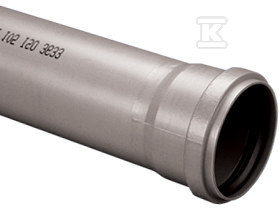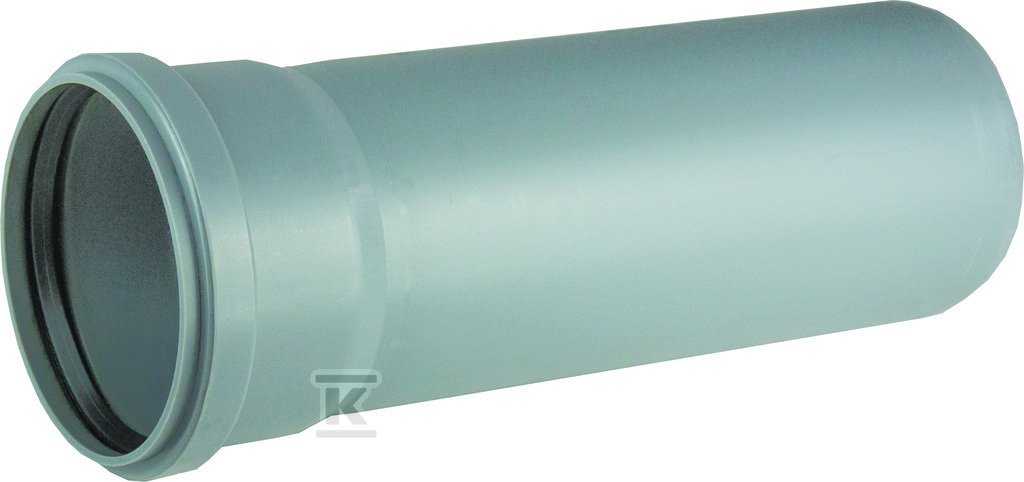Regular inspections of the technical condition of hydraulic installations are to ensure the efficiency of sanitary systems. A hydraulic installation is a system of pipes, valves, fittings and devices that provide water supply and drainage in a building. The proper functioning of buildings has a direct impact on the comfort of use of the building, as well as on the safety of residents and the surroundings.

Check the plumbing installations at the Onninen wholesaler
Who is responsible for inspecting the condition of the hydraulic system?
According to Polish law, the responsibility for conducting inspections of the technical condition of buildings rests on the shoulders of the owner or manager of the building . It is their responsibility to organize inspections of installations and keep a building book, which provides insight into the technical condition of the building.
 Moreover, the recommendations of the relevant authorities encourage building owners to carry out periodic inspections to ensure that the installations are safe for the environment, as well as the health and life of users.
Moreover, the recommendations of the relevant authorities encourage building owners to carry out periodic inspections to ensure that the installations are safe for the environment, as well as the health and life of users.
During inspections, among other things, central heating installations, water installations, patency and tightness of chimney flues (including the efficiency of connections), as well as the efficiency of fire protection and lightning protection installations are checked.
Proper maintenance of all these elements is particularly important because damage to a building can lead to serious hazards.
What are the exclusions from the obligation to carry out periodic inspections of hydraulic installations?
Not all buildings are required to have their plumbing systems inspected regularly. In the case of a summer house that is used sporadically, different regulations apply than in the case of residential or industrial buildings.
The regulation of the Minister of Internal Affairs specifies detailed rules for inspections for various types of buildings , including exemptions from the obligation to carry out inspections in certain situations.
How often should the technical condition of sanitary installations be inspected?
Inspections of the technical condition of hydraulic installations, including plastic installations, should be carried out at least once a year (Art. 62, point 1 of the Building Law), or every five years in the context of the technical condition, suitability for use of the building, aesthetics of the building and its surroundings (Art. 62, point 2 of the Building Law).
 However, for more complex systems or buildings with increased risk of use of the building structure, more frequent inspections may be required.
However, for more complex systems or buildings with increased risk of use of the building structure, more frequent inspections may be required.
For industrial or multi-family buildings, it is recommended to check the technical condition of the installation even once a year , especially in areas where damage to the building occurs due to wear of system components. It should be remembered that the broadly understood installation technique , covering a wide range of solutions and technologies for water, sewage and heating installations, requires systematic supervision.
This applies to buildings for various purposes, from single-family homes to multi-family and industrial buildings.
How to properly inspect plumbing systems?
Carrying out regular inspections allows you to detect potential problems early and avoid serious damage.
A properly performed inspection of a hydraulic installation involves several basic steps:
- Checking the tightness of water and drainage pipes , both in the case of internal sewage and plastic installations .
- Inspection of the efficiency of installation connections , including checking seals, valves and other environmental protection devices .
- Verification of whether there are no leaks in water and drainage pipes that could cause damage to the building .
- Review of the building log book , which records any recommendations related to the improvement or repair of installations.
 Slightly less problematic are plastic installations , the advantages of which include lightness, ease of installation and corrosion resistance.
Slightly less problematic are plastic installations , the advantages of which include lightness, ease of installation and corrosion resistance.
Installations made of modern materials are characterized by greater corrosion resistance, which extends their life. Nevertheless, they also require periodic inspections. With the use of appropriate protection, it can be expected that installations of this type will function efficiently for many years.
Plastic installations – advantages:
- Corrosion resistance , which allows you to avoid frequent repairs.
- Lightweight materials facilitate assembly and reduce transport costs.
- Flexibility in adaptation to various operating conditions.
- High durability , which, with proper use of the building and regular inspections, extends the period of failure-free operation.
Inspections of the technical condition of hydraulic installations are an essential element of the proper functioning of every building. Regular inspections, conducted in accordance with the law, allow you to avoid costly repairs and ensure the safety of users.
To take care of water, sewage and heating installations, it is worth reaching for modern materials, which guarantees that both electrical installations and internal sewage will function flawlessly.
Are you looking for high-quality installation solutions? Check out the offer of the Onninen plumbing wholesaler ! Here you will find a complete range of products that will ensure the reliability of the installation in the building, regardless of its purpose.